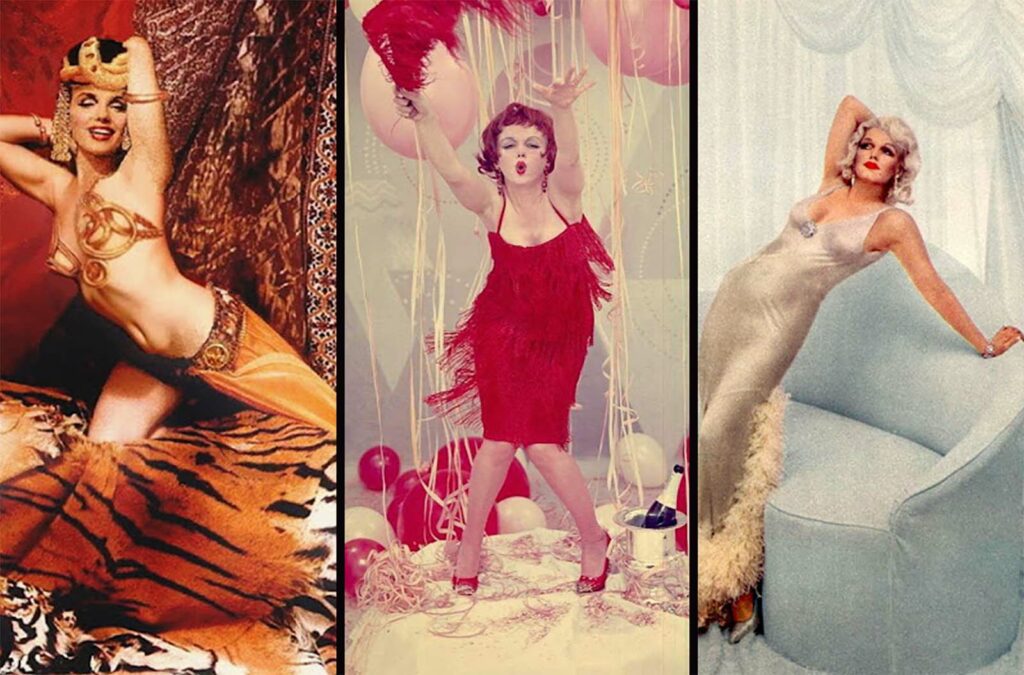
Though many actresses and models find inspiration in Marilyn Monroe, did Marilyn herself honor prior Hollywood icons?
For an intriguing endeavor in 1958 Marilyn Monroe teamed up with photographer Richard Avedon. They brought to life famous pictures of five honored actresses from several eras.
These were Lillian Russell, Theda Bara, Clara Bow, Jean Harlow, and Marlene Dietrich. Avedon was not quite pleased with the images, yet they showed up in the Life Christmas edition.
“She gave more to the still camera than every other actress – every other woman – I had the opportunity to photograph,” Avedon said of Marilyn’s easy workability.
She was more patient with him and more exacting of herself than others, he said, and she seemed more at ease in front of the camera than when not posing.
Including a personal touch to this function, renowned writer Arthur Miller, Marilyn’s husband, sent an essay called “My Wife, Marilyn.” This mix of amazing images and personal knowledge provides a special window into Marilyn’s life.
As in life so in these images — [Marilyn] salutes fantasy from the shore of the real until there comes a moment when she carries reality and all, into the dream with her, and we are thankful.
Her wit here comes from her whole dedication to two usually incompatible opposites: the man’s fantasy of femininity and the actual feminine.
She is refusing to admit that there is any conflict, even though we know she is aware of the differences in these images; it is both serious and humorous at the same time.
Though I am quite possibly biased, I find this collection to be a marvel of Marilyn’s inventiveness. Marilyn sits [on] the solid gold bicycle just barely enough to suggest that she is, after all, a lady as Lillian Russell does.
Her hands dance around the bike handles far more sensibly than they would have around the fan, Clara Bow. And once more is the distinction between imitation and interpretation, between creating an affect and portraying a spirit.
1. Marilyn as Lillian Russell

Born maybe 1860 or 1861, 1922, American actress and vocalist Lillian Russell
Renowned for her beauty and flair as well as for her voice and stage presence, she rose to become among the most well-known actors and singers of the late 19th and early 20th century.
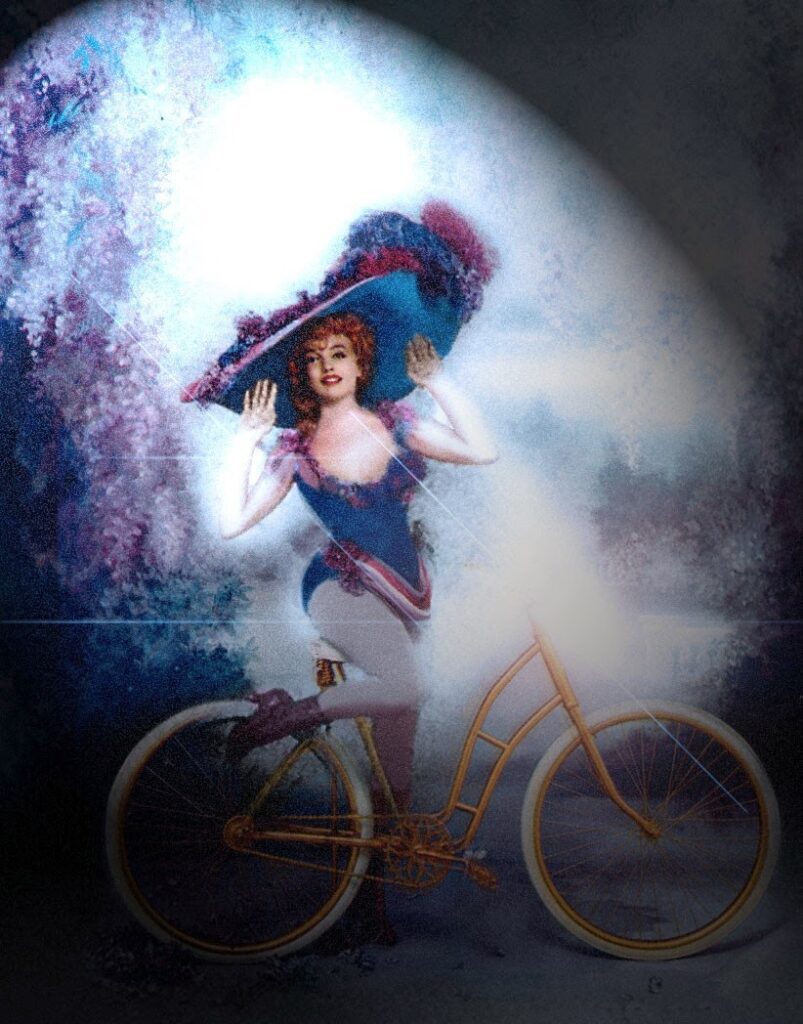
2. Marilyn as Theda Bara, silent film star from 1914–1926
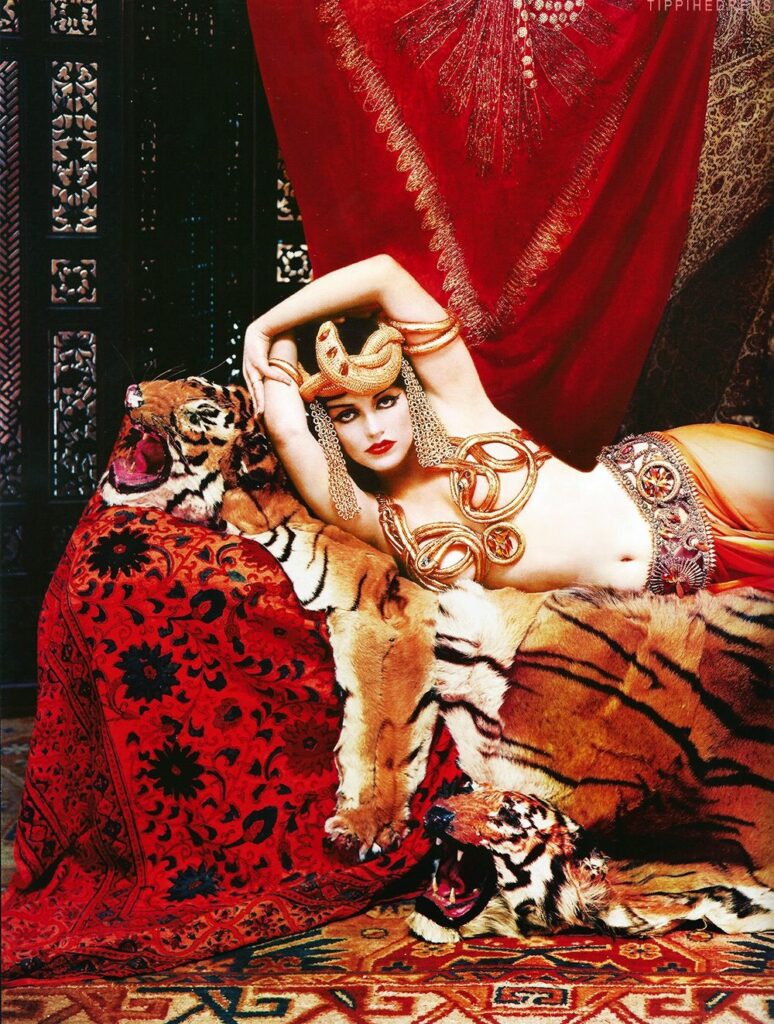
One of the most well-known silent era actress and early dating symbol for movies was Theda Bara.
Later fueling the growing interest in “vamp” characters centered in exoticism and romantic dominance, her femme fatale plays gained her the nickname “The Vamp,” (short for vampire, here signifying a seductive lady).
The companies pushed a fictional Bara as an Egyptian-born woman fascinated with the occult.
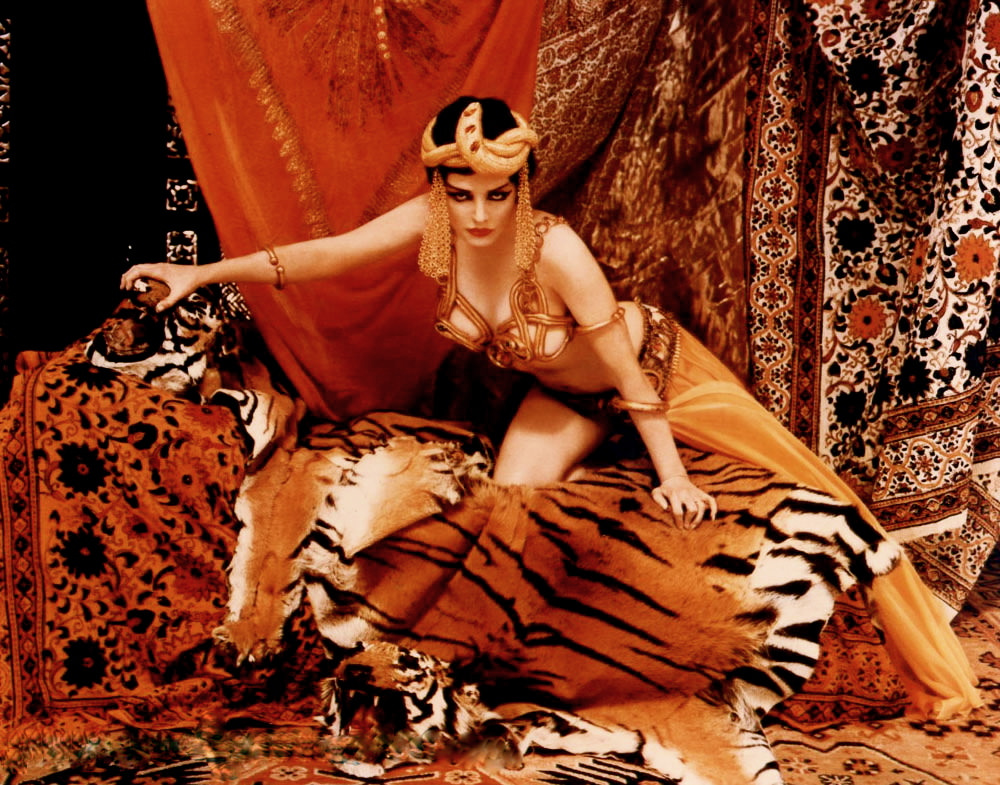
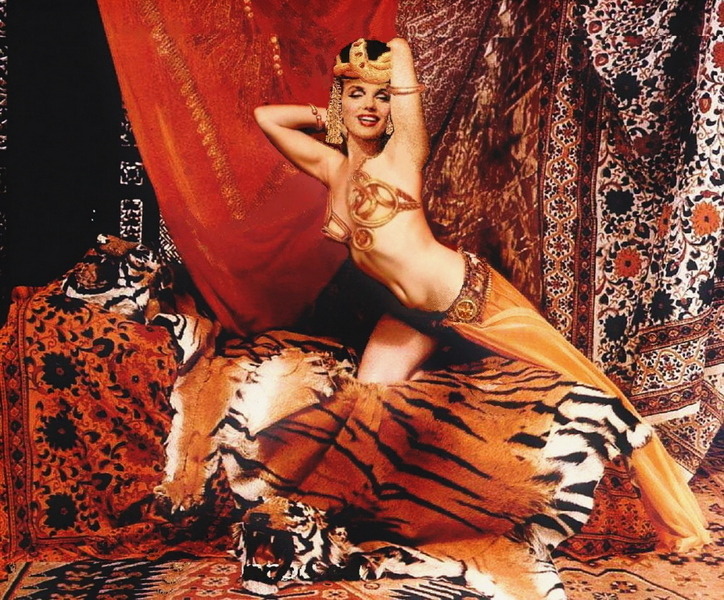
3. Marilyn as Clara Bow

Rising to fame in the silent film era of the 1920s, American actress Clara Gordon Bow made a smooth move to “talkies” in 1929.
Her look as a feisty shopgirl in the movie It won her worldwide recognition and the moniker “The It Girl.”
Described as the top sex symbol, Bow came to represent the Roaring Twenties.
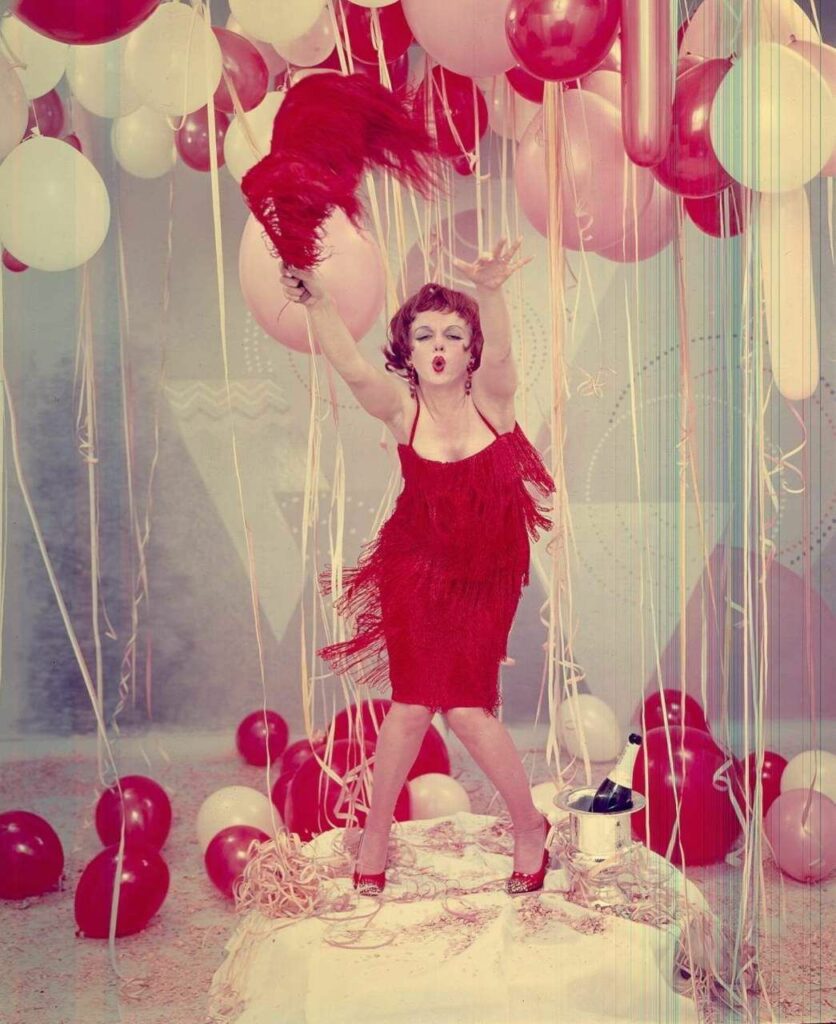
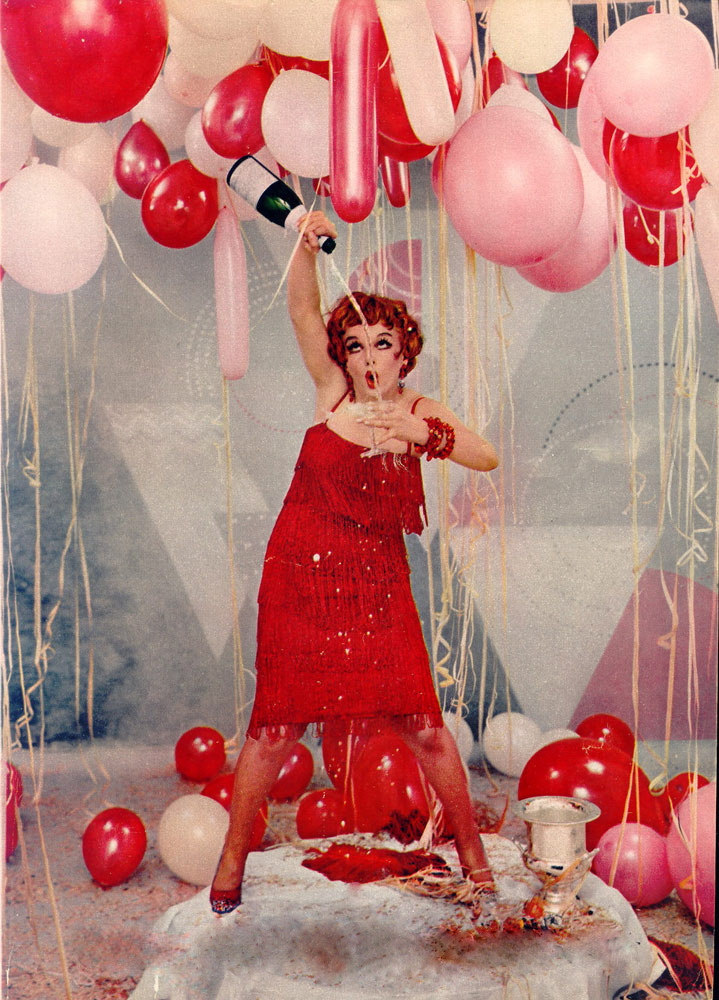
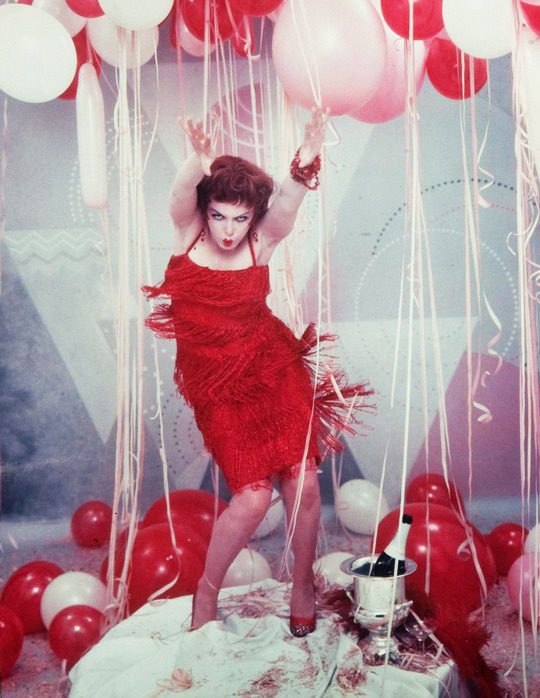
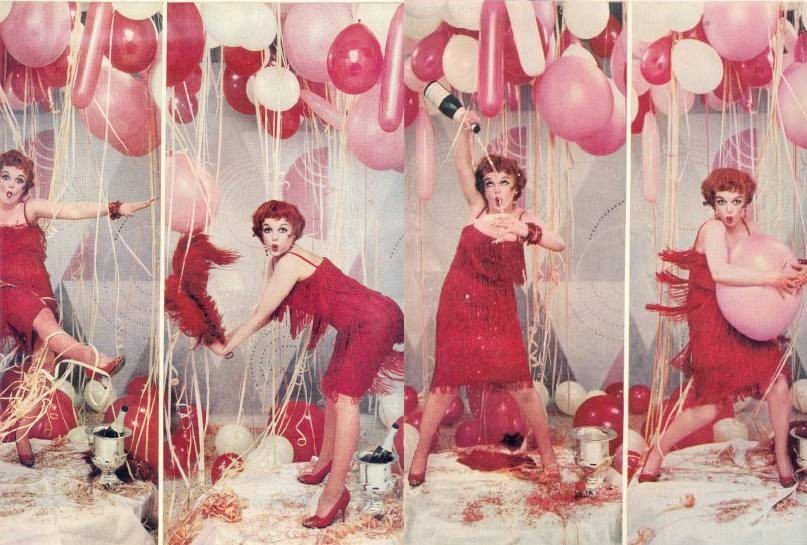
4. Marilyn as blonde bombshell Jean Harlow

American actress Jean Harlow was born March 3, 1911 and died June 7, 1937. Renowned for her performance of “bad girl” roles, she was the main sex symbol of the early 1930s and among the pre-Code era of American film’s defining personae.
Often dubbed the “Blonde Bombshell” and the “Platinum Blonde,” Harlow was well-liked for her “Laughing Vamp” cinematic character.
Although Harlow spent only nine years in the film business, she rose to be among Hollywood’s most well-known movie stars with a public reputation that has lasted.
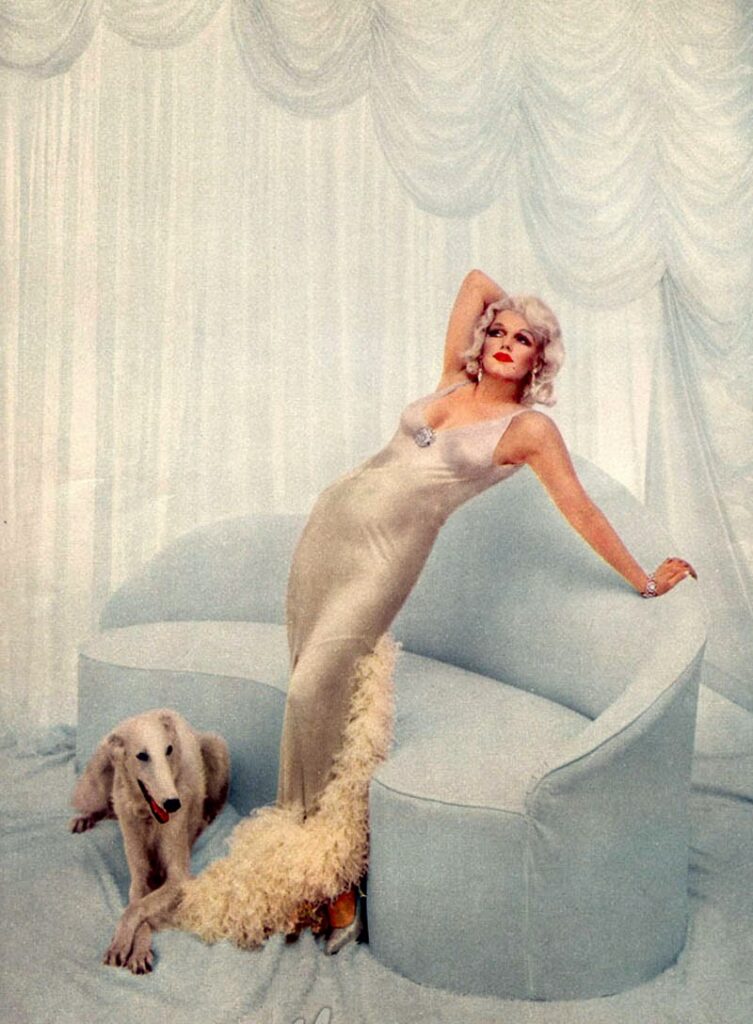
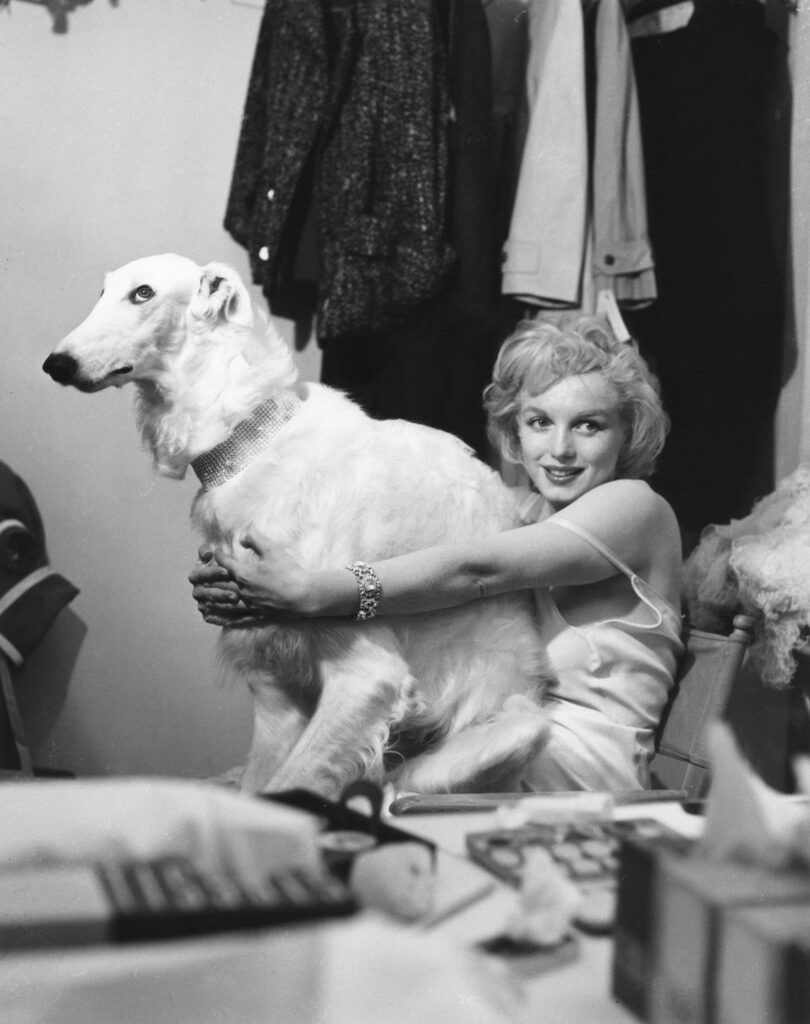
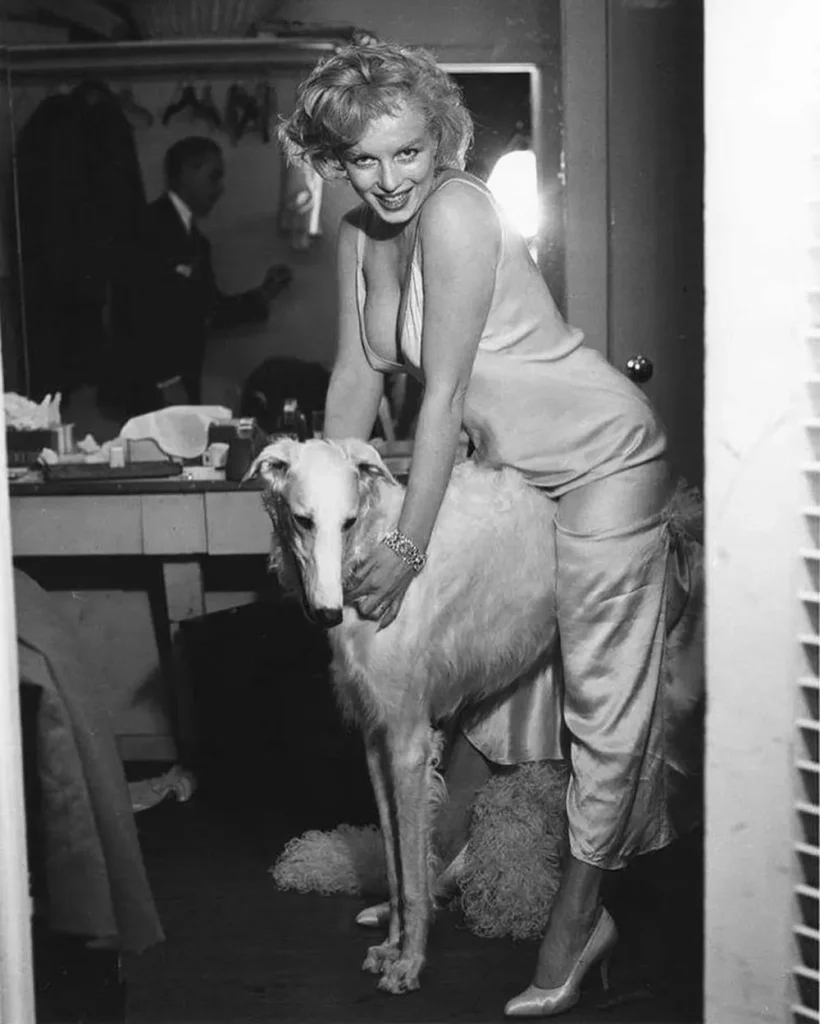
5. Marilyn as Marlene Dietrich
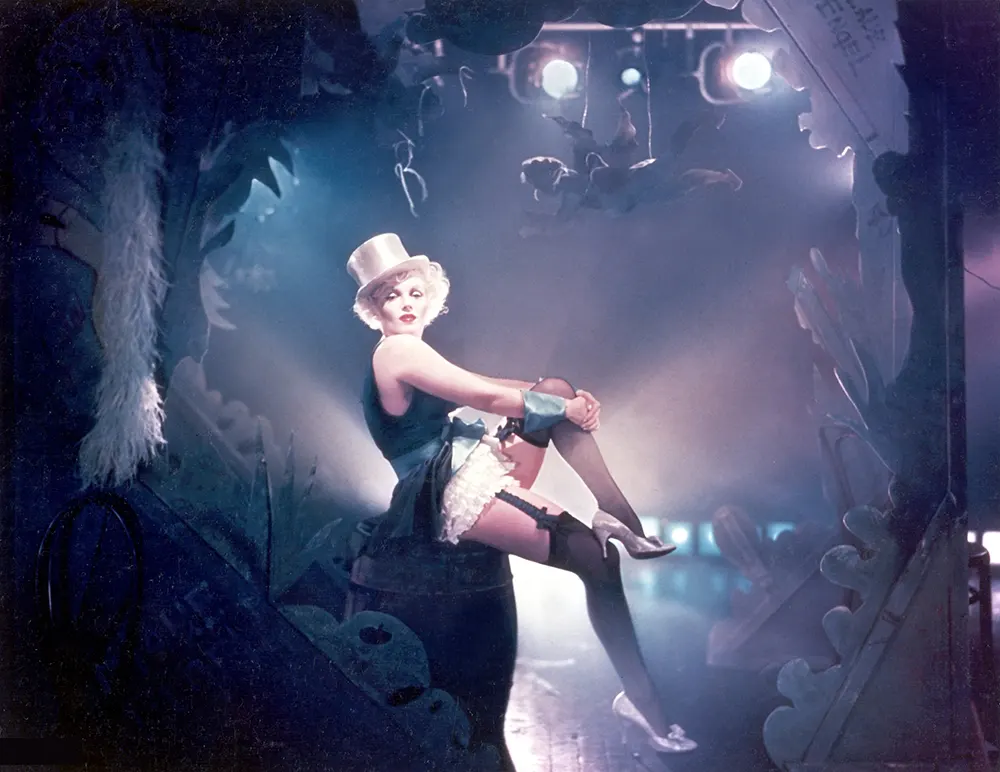
German and American actress and singer Marie Magdalene “Marlene” Dietrich had a career spanning the 1910s through the 1980s.
Dietrich appeared on stage and in silent movies in Berlin during the 1920s. Her performance as Lola-Lola in Josef von Sternberg’s The Blue Angel (1930) won her praise from everyone around and a contract with Paramount Pictures.
She starred in numerous Hollywood movies, including six classic roles directed by Sternberg: Morocco (1930) (her only Academy Award nomination), Dishonoured (1931), Shanghai Express and Blonde Venus (both 1932), The Scarlet Empress (1934), The Devil Is a Woman (1935), Desire (1936), and Destry Rides Again (1939).
(Photo credit: Richard Avedon for Life Magazine / Wikimedia Commons / Pinterest).


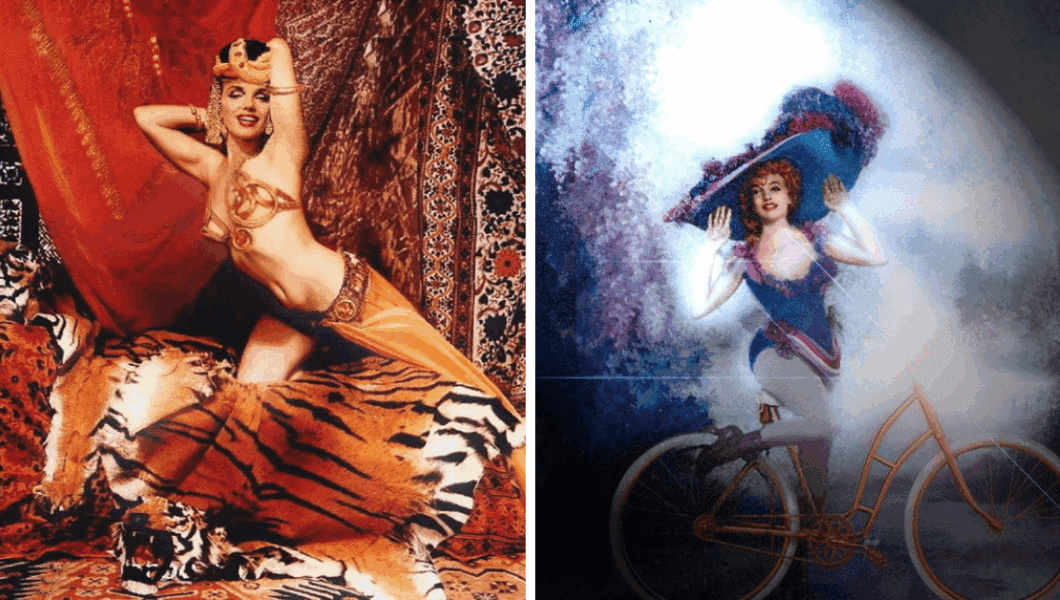
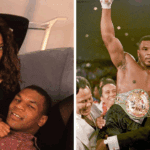
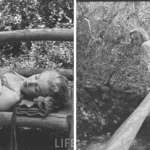
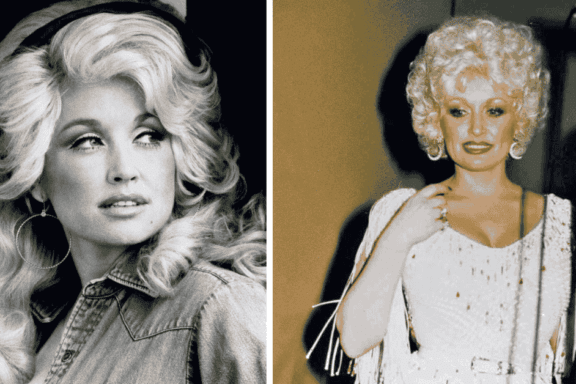

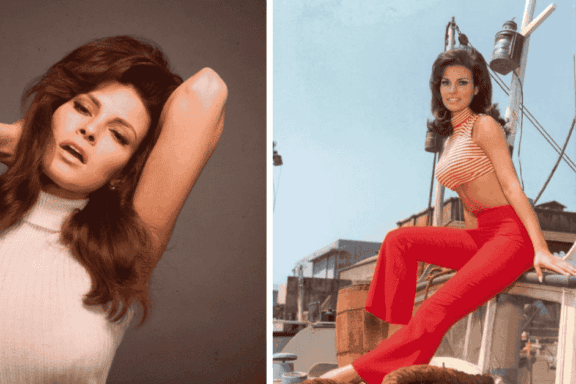
No Comments